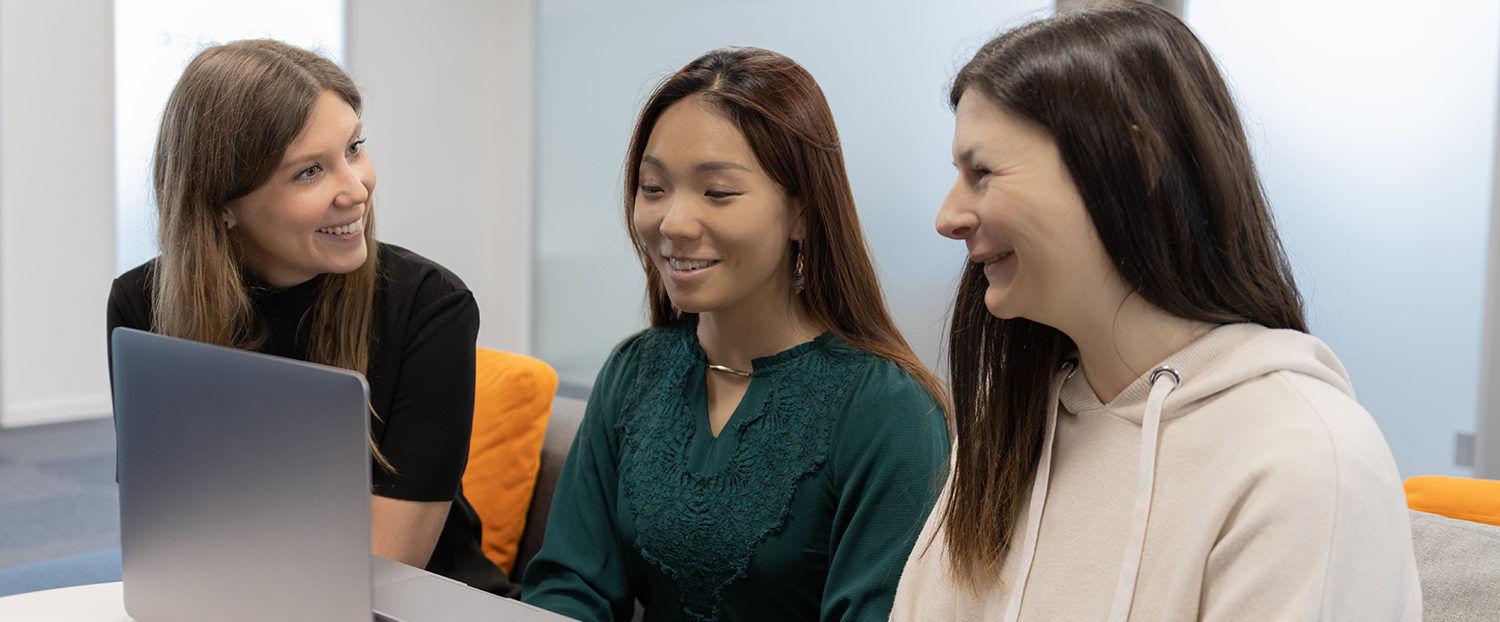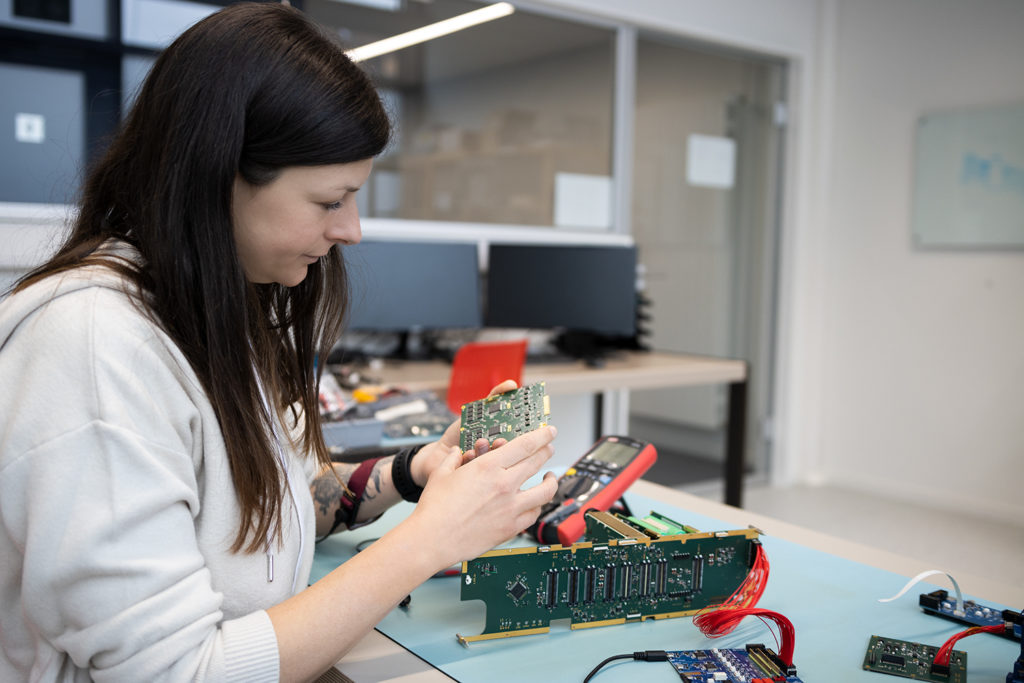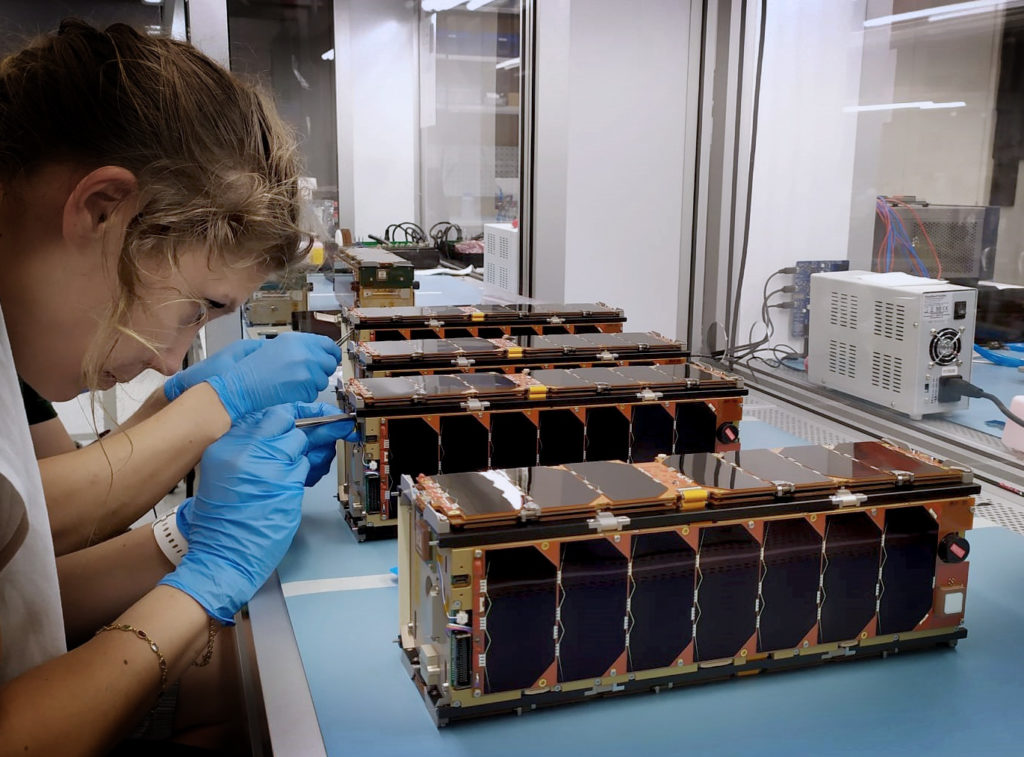#IWD22: diversity and inclusion in telecom and aerospace
8 Mar 2022 | 6 min read
At Astrocast, we believe in a connected world where IoT is global and benefits all. Our vision brings the whole planet and ev...

Recently, there has been a push for greater diversity and inclusion in science, technology, engineering, and mathematics (STEM). STEM is crucial. STEM is a major economic driver. Science offers potential. More individuals need to be trained to take advantage of this opportunity.
But why is it important that women are represented in the professions of engineering and computing? One word can adequately describe the solution: innovation. The abilities of engineers and computer scientists will be needed to solve many of this century’s major issues, such as climate change, universal access to water, disease, and renewable energy. Adequate representation of women –and diversity in general – in these sectors results in various new approaches and development of more creative solutions.
Women have historically been underrepresented in STEM areas; therefore, this is an initiative that is greatly needed. But attitudes are gradually shifting, and more and more women are pursuing careers in STEM fields. Based on the “Digest of Education Statistics, 2019”, 31% of women with a STEM Bachelor’s degree entered STEM occupations in 2019. Of those, 8.9% worked in engineering occupations, whereas 20.9% of men with similar educational attainment worked in engineering occupations.
Although the STEM fields are often grouped together, important differences exist among them. In particular, engineering and computing stand out as the STEM fields that offer the best opportunities for the greatest number of people, accounting for more than 80 percent of STEM jobs (Landivar, 2013) as well as offering a higher return on educational investment. Nonetheless, compared to other STEM fields, engineering continues to have the lowest female representation.
To gain a better understanding of the paths and challenges that brought women to their current roles in STEM, I spoke with three engineers from Astrocast: Kexin Ma, Ester Perez Marcos, and Frida Eriksson. All three women have taken different routes to get where they are today, but they all share a passion for engineering and a desire to make a positive impact in the world.
Ester was captivated by math and precision, so she sought a career in engineering. She finished her telecommunications undergraduate degree in Madrid before relocating to Lausanne to complete her master’s degree at the EPFL. Ester specialized in biomedical signal processing, leading her to her first job at SmartCardia, a start-up in the medical wearable technology sector. She eventually joined Astrocast, serving as the satellite electronics team leader.

On the other hand, Frida began with a bachelor’s degree in mechanical engineering and a master’s in product development. After finishing her studies, she found a fellowship/trainee position at CERN’s radio frequency. She then worked as a project manager for the Swedish Space Corporation before landing her current role at Astrocast.

Kexin, joined Astrocast in 2020 as a spacecraft reliability engineer and is currently the team leader for space operations. Being attracted by science subjects in school, especially mathematics and physics, and having Marie Curie as a role model for being the first woman to win a Nobel Prize and the first person to win two Nobel prizes, picking an engineering career path was a logical choice.
The most recent Science and Engineering Indicators report (2022) indicated that women represented about 34% of all STEM workers in 2019. Moreover, women comprised about 44% of STEM workers with at least a bachelor’s degree, a slight rise from 42% in 2010. However, women still represented about 26% of STEM workers without a bachelor’s degree in 2019; they represented the same proportion of STEM workers without a bachelor’s degree in 2010 as well.
According to Ester, the most exciting aspect of their job is the result of their work surviving in a hostile environment like space. Frida finds it exciting that with the same education, she can work in different fields, such as the tunnels of CERN or satellites. Meanwhile, Kexin finds communicating with a satellite for the first time the most exciting part of her job.

However, the path to success is challenging. For example, Ester found that becoming professionally mature in a foreign country and language has significantly challenged her. On the other hand, Kexin sees the need to be attentive to details and react quickly to abnormalities in satellite operations to be the greatest challenge of her role at Astrocast.
When asked about diversity in STEM, all three women acknowledged that progress had been made and that we are on the right path to achieve gender equality slowly. Focusing on what can accelerate this change, Frida thinks early-stage education needs an update in schools to inspire diversity and equality.
Finally, when asked what advice they would give to young girls interested in pursuing STEM studies or changing their career paths, Ester suggested that they start with a field they are motivated about and that there is always time to change their minds. Kexin emphasized that trying new things and finding what you genuinely enjoy is crucial. And Frida encouraged women to pursue their dreams and not preconceive any limitations.
In conclusion, the stories of these three women show that there is no one path to success in STEM, but one element is crucial: motivation.